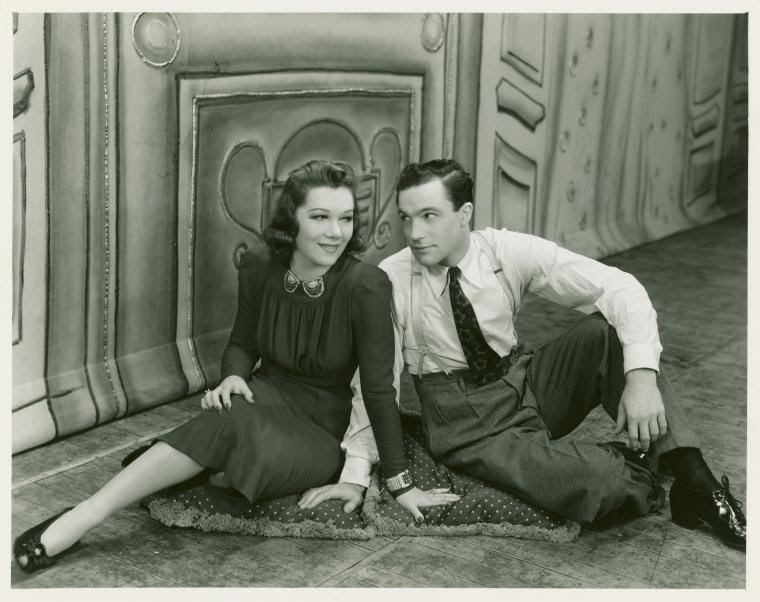Broadway Blip: Pal Joey
The composing team of Rodgers and Hart had a reputation for putting together fun and witty musical comedies. Rodgers’ music sparkled with infectious melody while Hart’s lyrics were clever and bursting with wild use of rhyme. It wasn’t until their 1940 collaboration of the musical Pal Joey that the team ventured into edgier territory. Based on John O’Hara’s series of short stories that were published in The New Yorker, Pal Joey is both the crowning achievement of the duo’s partnership and a benchmark in advancement of serious musical theatre storytelling.
The premise of Pal Joey is as follows: a young, ambitious nightclub performer who will basically stop at nothing to achieve success. Along the way, he manipulates and misuses the women in his life toward his success of securing his own nightclub called Chez Joey. Whether he is lying to the naïve Linda English, or sleeping his way to success with the older wealthy socialite Vera Simpson, Joey simply exudes a charm that gets the ladies to bow to his whim. Eventually, he uses them one too many times. In the end, he finds himself alone, penniless, bereft of his nightclub, and not sure what comes next. This ambiguity and dark turn was a switch for Rodgers and Hart, who traditionally liked their happy endings.
Why is Pal Joey a benchmark? The musical hints at where Rodgers will ultimately venture with Oscar Hammerstein II, into a world where music and lyrics grow out of characters’ experiences and songs are integrated with the plot. About half of Pal Joey does this, with the other half being musical numbers sung in the nightclub. Brassy show-within-a-show numbers such as “That Terrific Rainbow,” “Zip” and “Plant You Now, Dig Ya Later” played alongside more introspective fair such as “I Could Write a Book,” “Bewitched, Bothered and Bewildered” and “In Our Little Den (of Iniquity).” Pal Joeyis a mature musical, adult in its tone and uncompromising in its honest depiction of human nature. This was the antithesis of, or antidote for, the buoyantly optimistic Babes in Arms (another Rodgers and Hart hit).
George Abbott directed the original 1940 production of Pal Joey, and while the show was out of town, he reshaped some of O’Hara’s script (O’Hara adapted his stories for the stage). For the title character of the show, Abbott cast an up-and-coming dancer named Gene Kelly who would soon be swept off to Hollywood where he would become one of the iconic personalities of the movie musicals. For his Vera Simpson, Abbott secured a Rodgers and Hart favorite in Vivienne Segal, who would also reprise this role in the 1952 revival of Pal Joey opposite Harold Lang. Also in the cast were June Havoc, Van Johnson, and Stanley Donen. Robert Alton provided the choreography.
Vivienne Segal and Gene Kelly
Pal Joey opened on — of all days — Christmas Day: December 25, 1940. It played the Ethel Barrymore Theatre for 374 performances (the third-longest run of a Rodgers and Hart musical). It has been revived on Broadway in 1952, 1963, 1976, and 2008. A watered down, tame move version was made in 1957 starring Frank Sinatra and Rita Hayworth that excised about half the score and replaced it with standards from other Rodgers and Hart musicals. The film barely resembles the source material.






